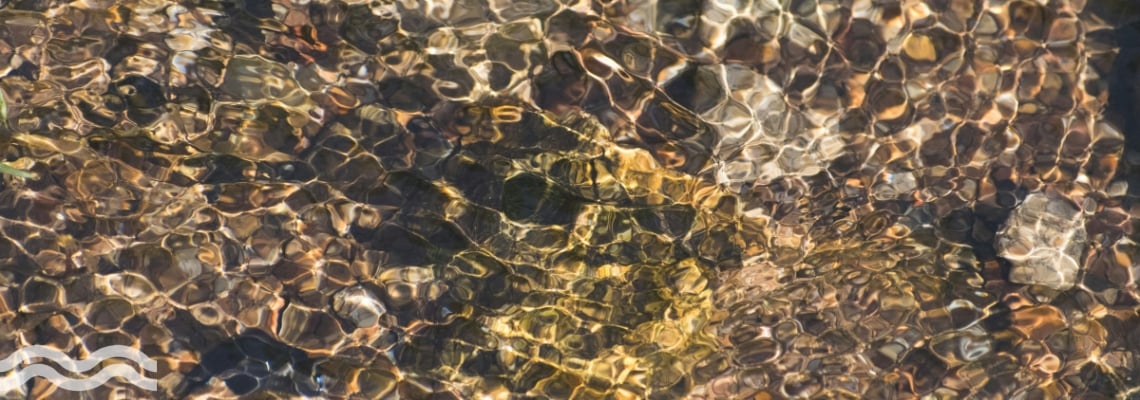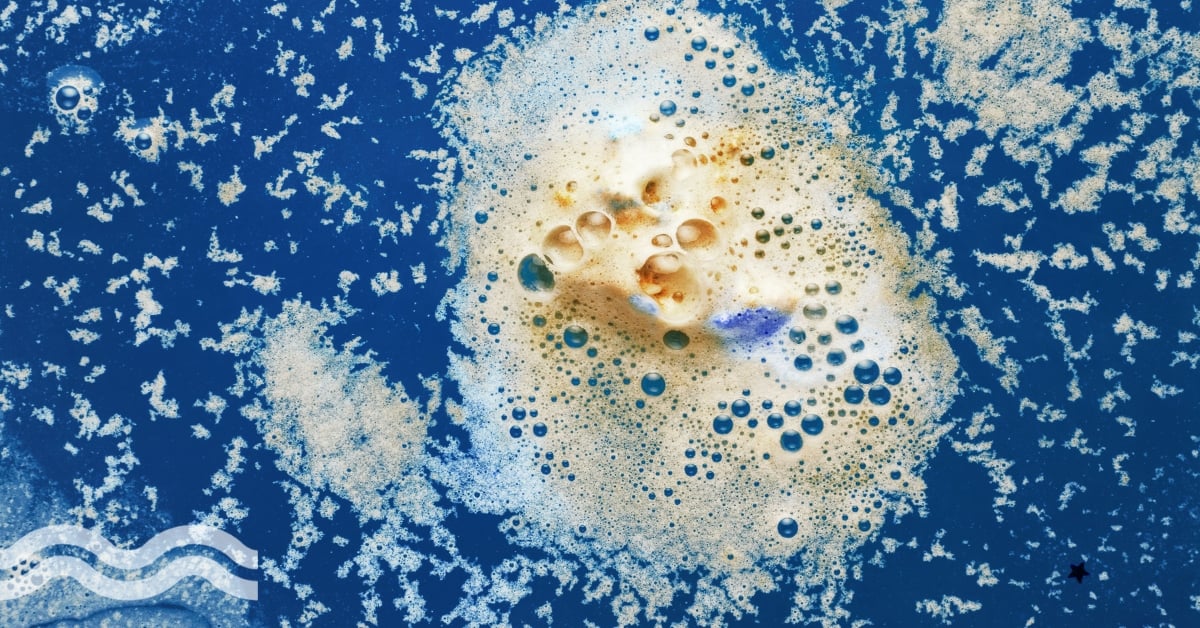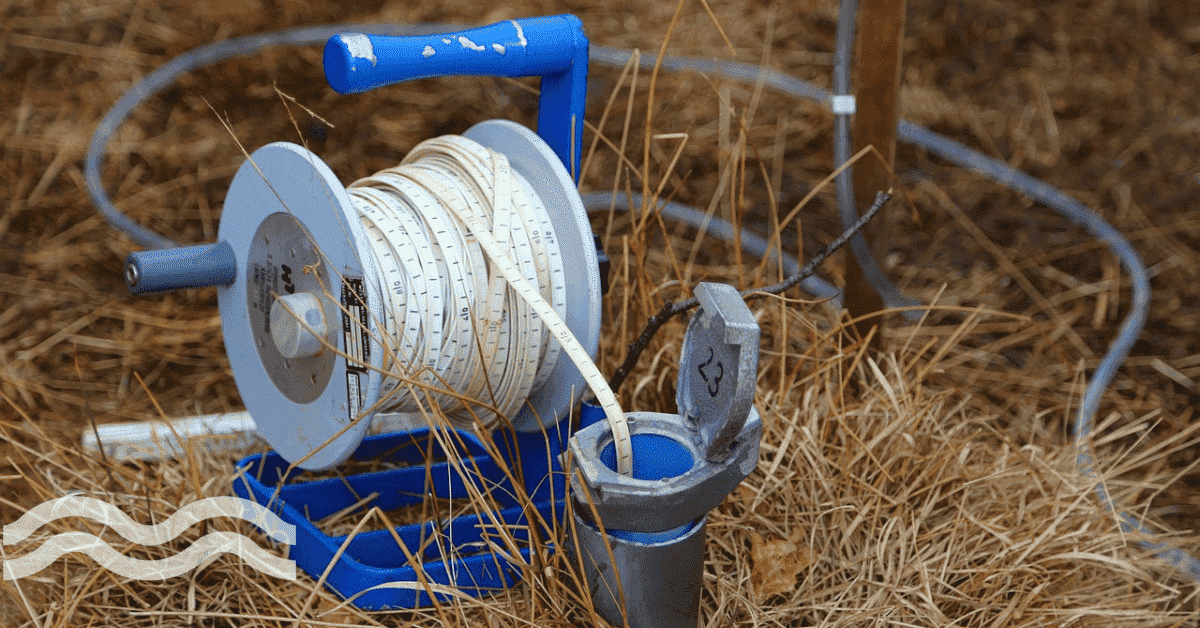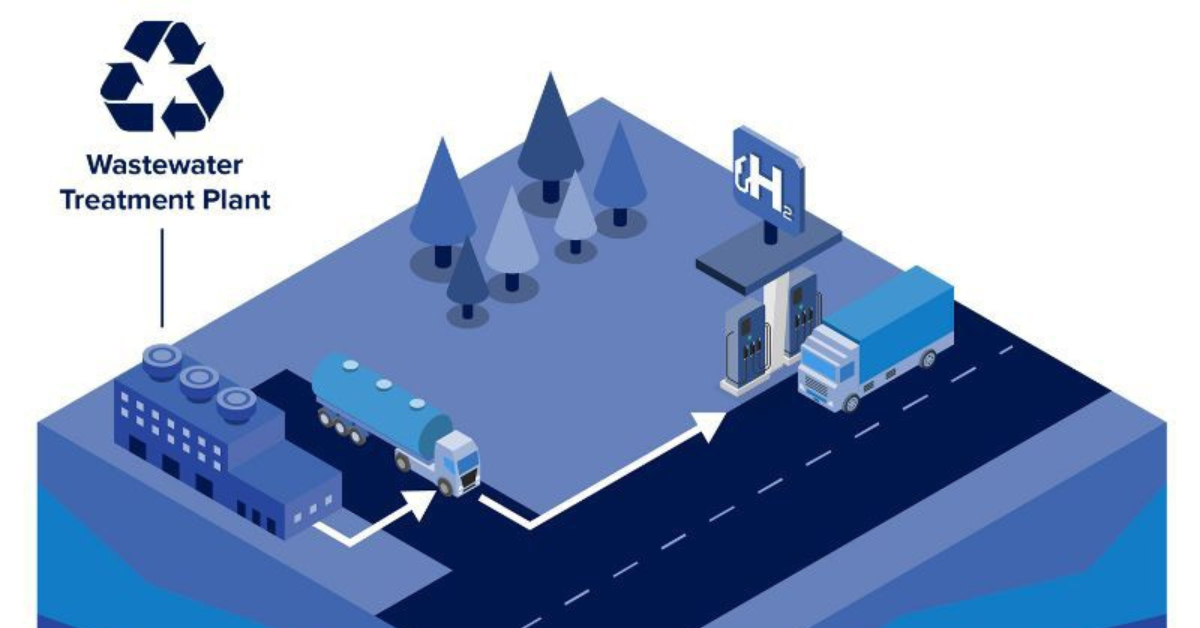Titanium dioxide's role in future pollution control
Researchers in China and the USA are highlighting the potential for scaling technologies based on titanium dioxide (TiO₂) for pollution control in groundwater, and potentially other water sources and treatment processes.
Titanium dioxide in water treatment
Titanium dioxide offers a sustainable and innovative approach to water treatment. It works as a photocatalyst, harnessing sunlight to create hydroxyl radicals that can effectively purify water by breaking down pollutants. By using sunlight, particularly light nearing the ultraviolet range, energy costs are kept low. The process of breaking down pollutants also has the potential to generate energy such as green hydrogen.
The capabilities of TiO₂ in water treatment are well known, but researchers are continuing to explore its future potential for opportunities to scale technologies for larger real-world applications in wastewater treatment, potable water purification, and groundwater clean-up.
Removing arsenic and uranium from groundwater
Groundwater polluted with arsenic and uranium can prove a problem for conventional remediation methods, which often only target one of these elements. The two have been found in unison in polluted groundwater in many countries and both are linked to both environmental and public health concerns, including links to cancer and other chronic diseases.
To overcome this problem, a team of researchers from the Research Center for Eco-Environmental Sciences of the Chinese Academy of Sciences, in Beijing, China, led by Professor Luan Fubo, have been pioneering a novel technology that uses a ternary surface complex on TiO₂ nanoparticles to remove both uranium and arsenic simultaneously from groundwater sources.
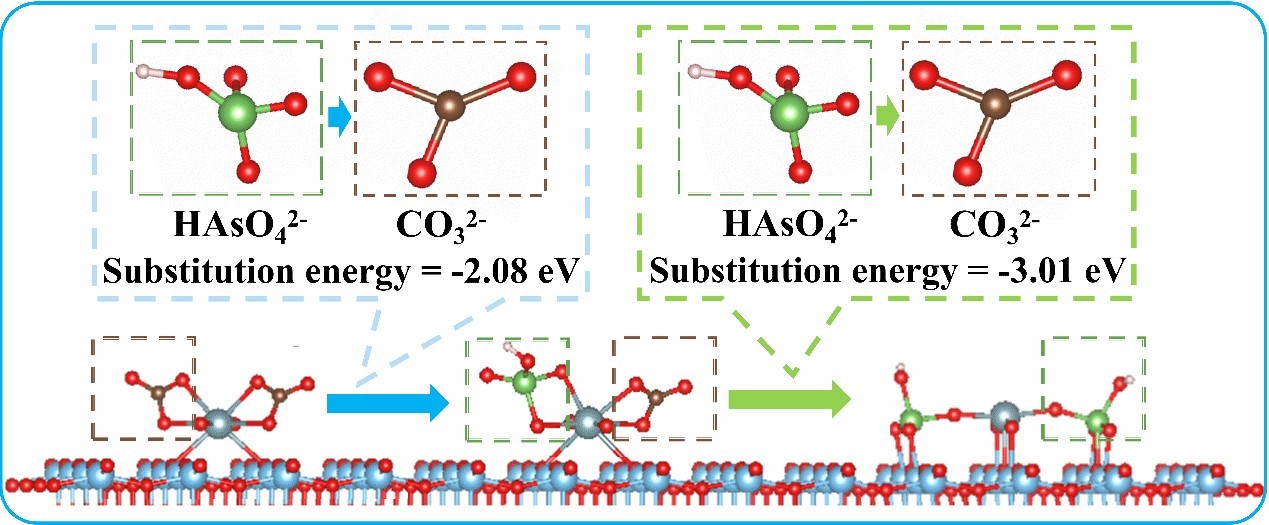
Tertiary surface improves efficiency
The researchers demonstrated that TiO₂ nanoparticles can simultaneously and efficiently adsorb both uranium and arsenic, and whereas competitive adsorption often reduces remediation methods, it was found that uranium enhanced arsenic adsorption actually increased removal efficiency by up to 3.4 times compared to arsenic-only systems.
Key to this improvement was the formation of a ternary surface complex, created by arsenate ions displacing carbonate ligands in uranyl-carbonate complexes adsorbed on TiO₂.
The adsorption process proved effective under typical groundwater conditions, achieving >99 per cent removal efficiency for both contaminants. Furthermore, the researchers found that post-treatment residual concentrations fell below the safety limits of the World Health Organization for drinking water.
A reusable and cost-effective solution
The captured arsenic and uranium were recovered using a mild sodium hydroxide, which allowed the TiO₂ nanoparticles to be reused multiple times, providing a cost-effective and potentially scalable solution for treating dual-contaminated groundwater.

Nanomats and copper improve efficiency
Meanwhile, researchers at Ohio State University in the USA have created 3D nanotech blankets that sit on the surface of water that can 'supercharge' energy absorption from sunlight to overcome some of the limitations encountered by other TiO₂ solutions, such as inefficiency in certain light conditions.
The team constructed thin fibre-like strips of TiO₂ using soft chemistry gels and electrospinning - a technique where electrical force is applied to liquid to craft small fibres. The breakthrough came with the addition of copper to the structures, creating what the researchers call 'nanomats'.
The role of copper is to supercharge the production of electrons that oxidize the water and attack pollutants.
Pelagia-Iren Gouma, lead author of the study and a professor of materials science and engineering at The Ohio State University, told media: "There hasn't been an easy way to create something like a blanket that you can lay on water and start creating energy. But we are the only ones who have made these structures and the only ones to demonstrate that they actually work."
Water cleaner and power generator
"These nanomats can be used as a power generator, or as water remediation tools," Gouma added. "In both ways, you have a catalyst with the highest efficiency reported to date."
The researchers found that, as well being effective pollutant cleansers, the nanomats were also better at generating energy than traditional solar cells under normal light conditions.
The findings suggest that nanomats are a promising tool for further research and development with potential for use in future photocatalytic applications, including long-term sustainability efforts like environmental remediation as well as solar-driven hydrogen production.
Floating power cleaners
The nanomats can float and operate on the surface of any body of water and are reusable through multiple cleaning cycles. They are also lightweight and easy-to-remove. They are also environmentally friendly and do not create any harmful by-products.
Gouma told Aquatech Online: "Since the nanomats float in water and are reusable they can be used to remediate oil spills as well as to clean up water in waste treatments facility (primarily to replace the Titania powders used with UV lights in such facilities)."
The researchers envisage one potential use for the nanomats will be developing countries that are looking at ways of turning otherwise contaminated rivers and lakes into sources of clean drinking water.
Share your water technology stories with us
Do you have an innovation, research results or an other interesting topic you would like to share with the international water technology industry? The Aquatech website and social media channels are a great platform to showcase your stories!
Please contact our Sr Brand Marketing Manager Annelie Koomen.
Are you an Aquatech exhibitor?
Make sure you add your latest press releases to your Company Profile in the Exhibitor Portal for free exposure.
We promise never to send you spam and you can unsubscribe at any time!
